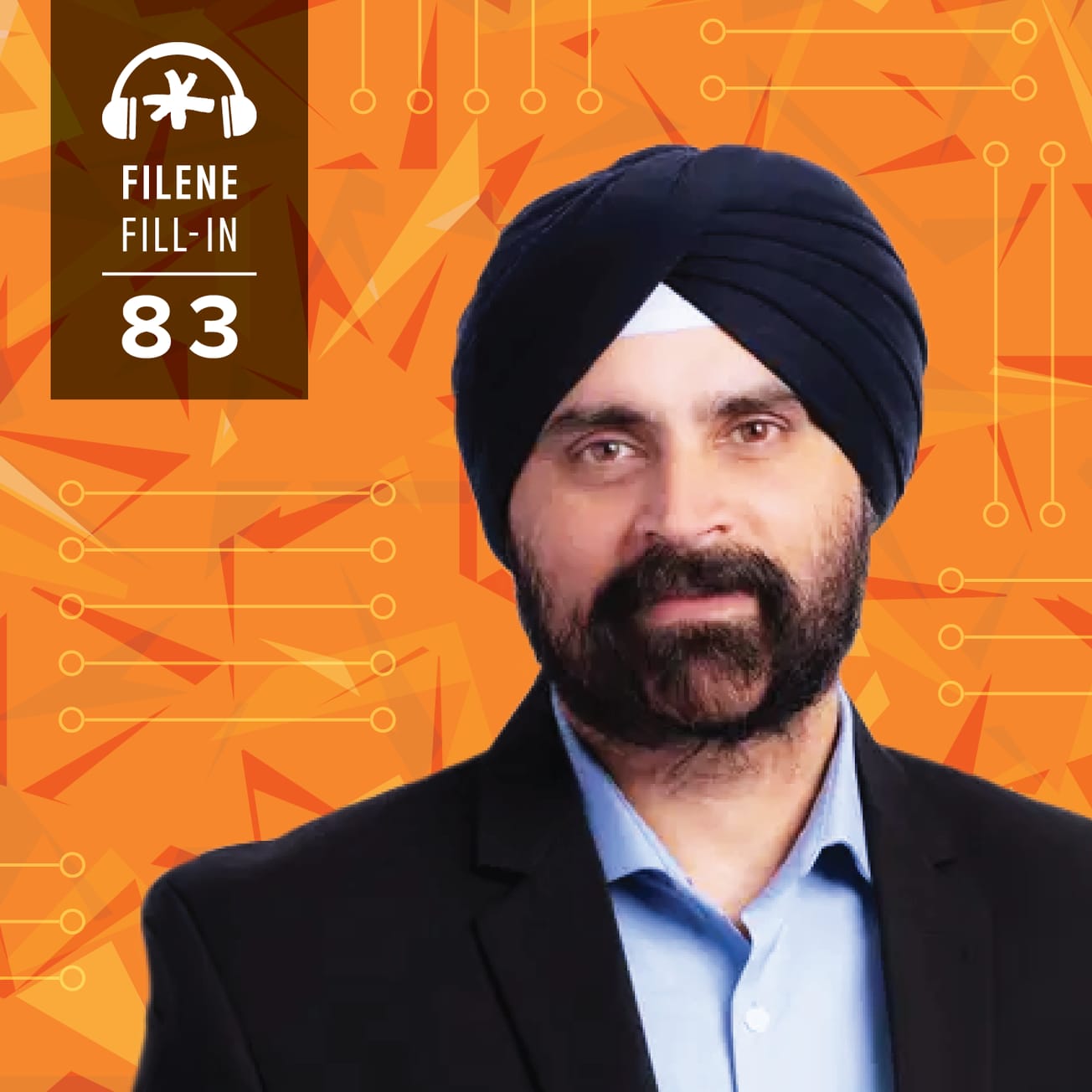Why This Strategic Planning Season is Especially Spooky
It’s Spooky Season, and for many credit unions, it’s also Strategic Planning season. Having those two seasons overlap isn’t great, particularly as credit union leaders survey the landscape and see all the possible short-term and long-term threats facing them. From competition to regulation to new technology to the rate environment to the continued impact of inflation, credit union leaders are seeing monsters everywhere they turn. I recently spoke at two credit union conferences, one in New England and one in the Central Plains, and speaking with credit union executives, those monsters were out in full force.
Like monsters under the bed, most aren’t nearly as scary as they appear when we turn on the light and analyze the situation.
The AI Monster?
Artificial intelligence is not only a hip buzzword—often being used for technologies that are not AI, like facial recognition technology or predictive modeling—but also a source of nightmares for many leaders. (It was the topic of our first Thinking Forward newsletter!) True AI, the generative AI we’ve seen in ChatGPT and elsewhere, can be a helpful tool for credit unions. For many executives I’ve spoken to, artificial intelligence represents either a significant danger or a significant cost-cutting opportunity. They see it largely as a tool that fraudsters can use to cripple their institution or as an easy way to cut staffing expenses.
In truth, generative AI is more complicated than that. In one recent Filene research brief, we highlighted the importance of transparency, data privacy, bias mitigation, governance, and security for credit unions as they establish internal policies and practices to use generative AI. Putting the right policy in place can reduce the uncertainty and risks inherent in AI use.
This graphic from Filene’s recent webinar on the Fact and Fiction of AI shows the best use cases for AI, and the overall lesson is clear: as a tool to help creative workers, not to replace them.
Quick, Run! We need talent!
Another scary monster is the continuing struggle to find the right talent and expertise that credit unions—like many organizations—are facing. The tight labor market we experienced in the aftermath of the pandemic has not dissipated; if anything, it has gotten worse. Unemployment remains at record lows, and labor force participation for prime working-age adults is higher than pre-pandemic levels. This can be great for workers but very challenging for employers.
One thing that stands out on the above chart is the decline in the labor force participation rate for Americans over 55. Credit unions across the country have seen this decline play out in their executive suite. Filene research has determined that approximately 29% of credit unions today have a different CEO than they had in 2018. That is a dramatic change in the leadership of the industry, and filling those roles means openings rippling through the system.
Jill Nowacki, President and CEO of Humanidei, a leading credit union placement firm, suggests that the turnover represents an opportunity for new leadership:
“For years—at least since the early 2000s—financial planners have said credit unions should expect to see 50% turnover in the CEO role in the next 5 years. Many leaders waiting for their turn in the C-suite were not seeing these opportunities open and turnover was not happening as quickly as forecasted. For some, this meant leaving the credit union industry due to lack of optimism over their future. Today, there is some movement and that should create wonderful opportunity for those leaders who have been developed over the past several years (some might say many years) to move up and bring their unique leadership skills into their roles. Many of the incoming CEOs have seen—and needed—different leadership traits from their bosses as they have navigated their careers. This may create an opportunity to bring in new leaders who have actively developed skills and competencies related to emotional intelligence, self-awareness, and collaboration, which could lead to developing more qualified leaders for succession planning and building innovative financial solutions for our members.”
Rather than fearing the challenge of finding and retaining talent, credit unions can use turnover in leadership to drive positive change in the organization and its strategy by refocusing on creating and maintaining a member-first, agile, and supportive culture.
What's that?! Deposit growth!
The third monster under the bed is growth. If there is one theme I’ve heard again and again from credit union leaders, it’s, “How can we keep deposits from going out the door?” According to NCUA data, only 35% of all credit unions saw year-over-year deposit growth from June 2022 through June 2023, and only 14% saw 12-month growth in core deposits (savings, checking, and money market).
Credit unions are facing a key issue: the diminishment of the stimulus funds and other deposits that flooded in during 2020 and 2021. Yet while consumers’ savings have dropped, credit union growth trends have yet to normalize. Consider this chart, showing the average credit union's deposit growth for the five years before 2020 and the time since. The average credit union still holds 14% more deposits than it would have held had the growth pattern through 2019 remained consistent.
As we explained in a previous Thinking Forward, Fed researchers estimate that excess savings stock in the U.S. was “completely depleted” in Q1 of 2023.
The implication for this rise and fall of pandemic excess savings is that the asset growth that credit unions have seen over the past three years is largely a mirage. As deposits dwindle back to the expected trend, credit unions may need to accept that continued growth is not on the cards for the next year or so. Focusing on deepening member engagement, developing solutions that appeal to younger members, and making the member experience as easy and frictionless as possible are goals that can be more relevant long term than the chase for growth.
Remember when you went trick-or-treating as a kid and you mapped out your path through the neighborhood to identify the best houses to hit up in the right order to maximize your candy? Rather than fear the spooky monsters outside, it’s time for credit unions to embrace the opportunity to build a strategy to maximize member engagement, trust, and loyalty long-term. The candy will follow.
— CV
Want to connect and learn more about hot topics and trends like this that have an impact on credit unions? Be sure to subscribe to Filene's new LinkedIn Thought Leadership Newsletter —- Thinking Forward!

Top 5 Considerations When Building an AI Policy
Research Brief

Webinar: Introducing New Research Centers, Pt. 2
Webinar

Thinking Forward - How Changes in Consumer Savings Are Intensifying the War for Deposits
Blog Post















